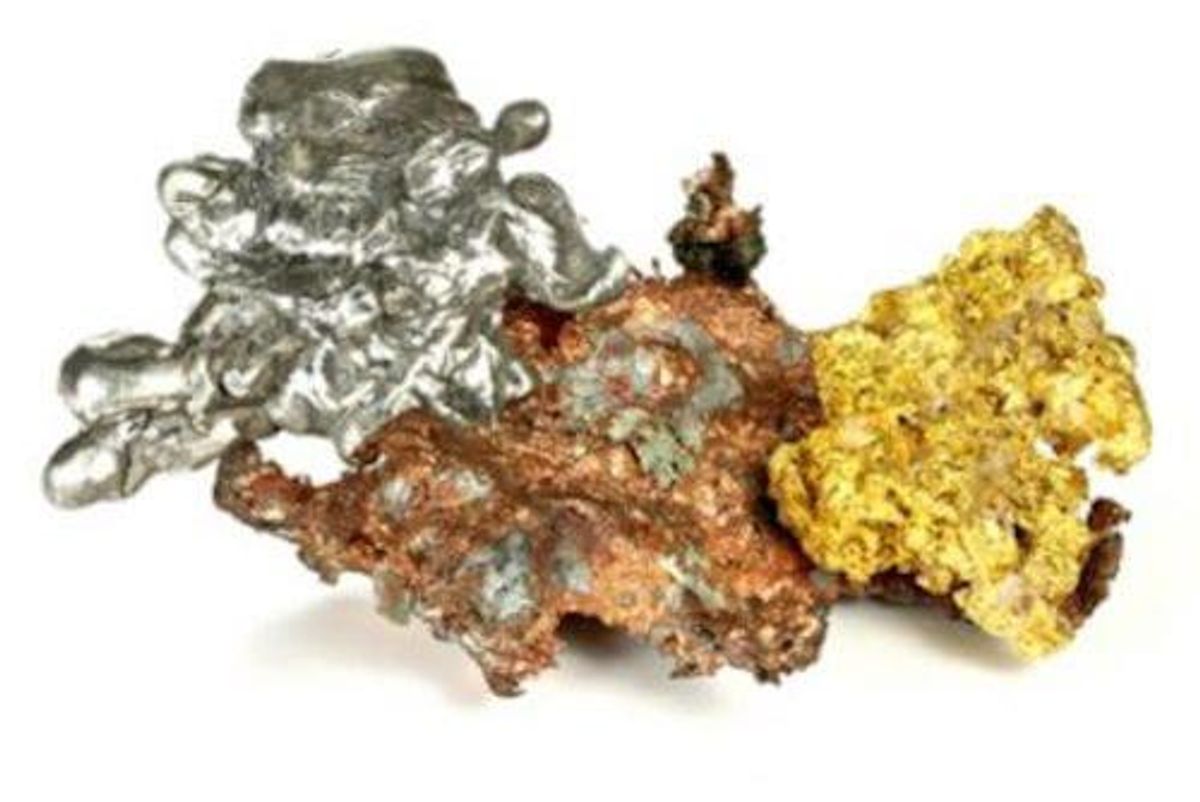Precious Metals Weekly Round-Up: Gold Flat on US-China Trade Deal

Precious metals were flat again this week as the markets responded to a trade deal between the US and China set for January.
The gold price was relatively flat on Friday (December 20) after US Treasury Secretary Steven Mnuchin said that the US and China will sign phase one of a trade pact at the beginning of the new year. The news sent investors away from the yellow metal to riskier assets.
As part of the first phase deal, Washington has agreed to offer Beijing some tariff relief and will pause a tranche of new tariffs. Mnuchin added that the pact will not be subject to any renegotiations.
“The real driver for gold markets has been trade-war risk and with its de-escalation in phase one on the back of Mnuchin’s comments is not bullish for gold,” Stephen Innes of AxiTrader told Reuters.
In addition to the announcement from Washington, China’s finance ministry revealed a new list of import tariff exemptions for a duration of one year. The exemptions will start next Thursday (December 26) and will affect six chemical and oil products from the US.
Over the course of the year, gold has been largely supported by the trade war, which has helped it gain over 15 percent. The dispute between two of the world’s largest economies has caused turmoil in the markets and has had investors concerned over a global economic slowdown.
Gold was also weighed down this week by better-than-expected US economic data, which gave a boost to the greenback, setting it up to make gains for the first time in four weeks.
Looking forward, investors are searching for signs on the health of the market from US gross domestic product data, due out later on Friday.
“Gold is consolidating at the top of its recent range with the dollar a bit stronger and a positive risk environment,” said Jeffrey Halley, senior Asia Pacific market analyst at OANDA.
“Doesn’t look like anyone wants to take the market higher, the market seems really well-balanced at these levels for now,” he added.
As of 9:52 a.m. EST on Friday, the yellow metal was trading at US$1,479.10 per ounce.
Silver was up slightly on Friday, not falling under the same pressure that the yellow metal faced throughout the week.
Despite a slightly shaky month, silver remains stronger in 2019, as it is 9.7 percent higher on a year-to-date basis.
“Going forward, prices are seen rising marginally, supported by stronger global industrial production next year,” states a recent FocusEconomics report. “The possible signing of a partial trade deal between the US and China will be a key factor to watch ahead, due to its potential to affect both safe haven and industrial demand.”
As of 10:02 a.m. EST on Friday, silver was changing hands at US$17.17 per ounce.
In terms of the other precious metals, platinum was down on Friday, but still managed to stay above the US$900 per ounce level.
Going forward, FocusEconomics believes that prices are likely to pick up slightly on the back of a fall in global supply. Despite this, weak automotive demand — the result of a shift away from diesel vehicles in the European Union — is seen capping the metal’s gains.
As of 10:08 a.m. EST on Friday, platinum was down close to 1 percent, trading at US$923.
Palladium continued its climb on Friday, staying above the US$1,900 per ounce level that it broke records with last week.
The metal pushed past US$1,900 last Tuesday (December 10) following a power outage in South Africa that stopped production at several mines and exacerbated concerns over a supply shortage. Since the outage, the metal has continued to climbed and is headed for its fifth straight week of gains.
“South Africa produces 40 percent of world’s palladium and the ESKOM outages are hitting some mines, giving palladium just that extra nudge above US$1,900,” Tai Wong, head of base and precious metals derivatives trading at BMO (TSX:BMO,NYSE:BMO), told Reuters.
Since the beginning of the year, the metal has risen over 40 percent, with its large gains being attributed to stricter environmental regulations around car emissions.
While sales for traditional vehicles are slipping, air quality rules in line with cutting pollution have prompted automakers to increase the amount of palladium used in catalytic converters, as the metal helps vehicles reduce their emissions.
As demand increases from the automotive sector, supply shortfalls are beginning to emerge, giving the spot price a boost on the market.
As of 10:20 a.m. EST on Friday, palladium was trading at US$1,901.
Don’t forget to follow us @INN_Resource for real-time news updates!
Securities Disclosure: I, Nicole Rashotte, hold no direct investment interest in any company mentioned in this article.